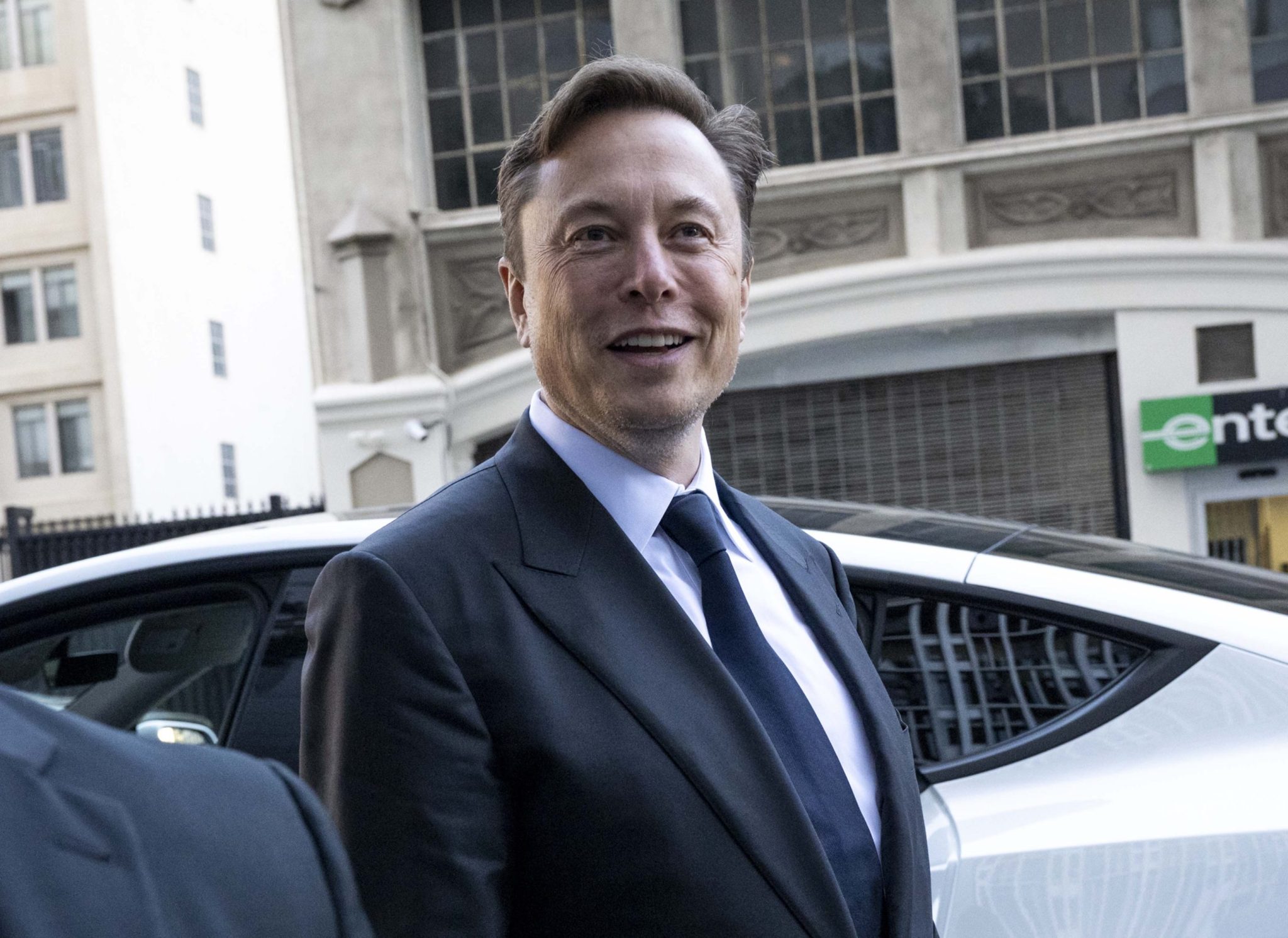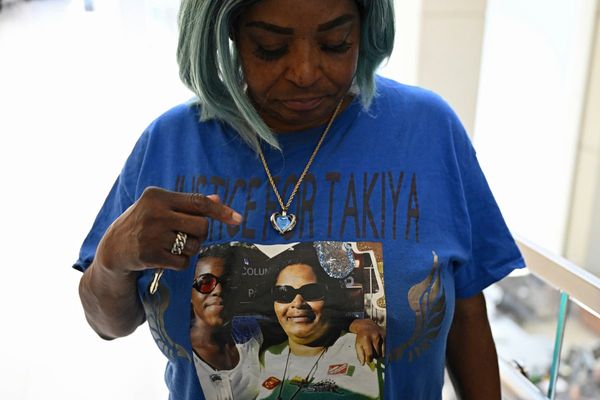
Good morning,
Mega grants have made a comeback.
The generous and controversial one-time compensation packages, usually made up of stock options and tied to specific business goals, are often deployed in hopes of keeping talented CEOs around longer. After rising to prominence in the late ’90s and then falling out of favor in the early aughts, they’re back in style.
A few famous cases may have kicked off or accelerated the trend, according to researchers at Stanford University’s Rock Center for Corporate Governance in a recent paper. That includes Tesla’s 2018 award of roughly $2.6 billion for CEO Elon Musk, which was tied to ambitious targets and secured Musk’s service for another 10 years. Tesla’s enormous gamble inspired a series of huge grants by other companies, write coauthors David Larcker, professor at the Stanford Graduate School of Business and the Hoover Institution, and researcher Brian Tayan.
The pair studied 52 mega grants—which they define as pay packages of $10 million or up—between 2016 and 2022 to understand how this type of award is given out, and its effect. They found that the median size of a mega grant was $54.7 million, while the average was $154.6 million. A wide range of companies were part of the data sample, including tech giants Oracle and Alphabet, but also quick-service retailer Sweetgreen, the pharmaceutical company Regeneron, and Freshpet, which makes petfood.
The trend has taken hold despite the potential for bad press, and the possibility a payout that high will face resistance from investors and proxy advisors, according to the researchers. Larcker was surprised by the explanations boards used to justify the awards in disclosure statements, which he tells Fortune are “a little thin.”
“I'm not saying they’re bad,” he says, but adds that considering the potential for negative publicity, the rationale companies offer for these big paydays is often vague. “It’s like, are you really going do this in a single sentence?”
Some of the paper’s other eyebrow-raising findings include:
—One-quarter of the mega grants studied were not tied to any performance conditions (they were simple retention bonuses that vested over time), while 44% had only one performance trigger. “You’d expect to see multiple,” says Larcker.
—Shareholders often respond in a positive way to mega grant packages on the day they’re announced. This is contrary to what you might expect from investors, who as a whole have expressed concerns that boards that approve large grants are too beholden to their CEOs, or that the value of their own holdings was being diluted, the authors write.
—There’s no proof mega grants make a business better, or that they actually incentivize a CEO; nor is there any proof that they don’t. But their existence could still contribute to a CEO-pay arms race.
Still, Larcker says that boards are “usually careful” and may have their reasons for greenlighting grants that look curious from the outside: “Who knows what really went on? Whose idea was it? Did the board have compensation consultants advising them? Or legal people?” Unfortunately, he says, those conversations are not available to outsiders.
Lila MacLellan
lila.maclellan@fortune.com
@lilamaclellan







